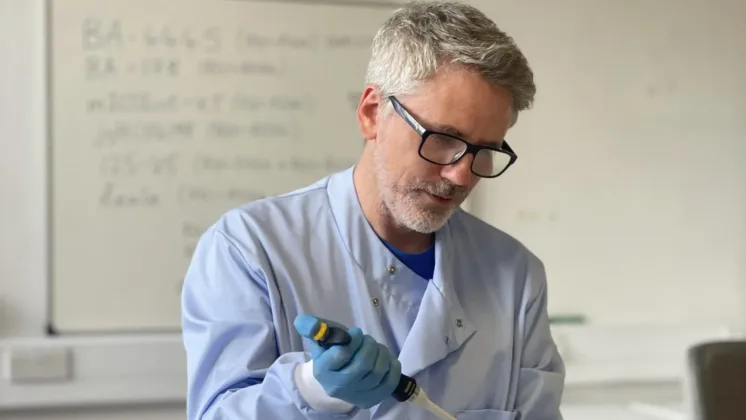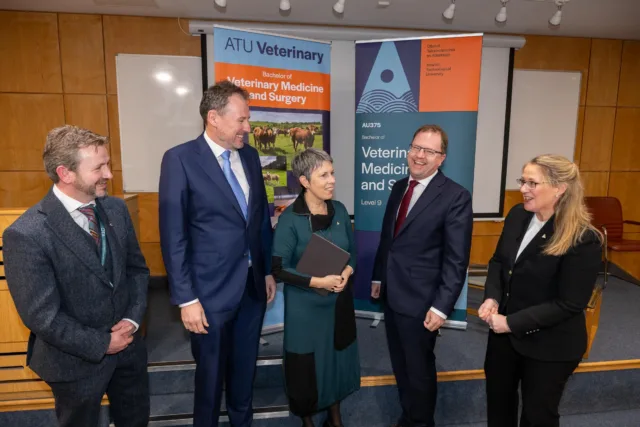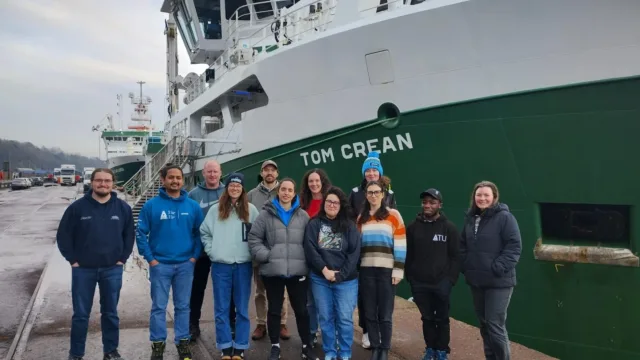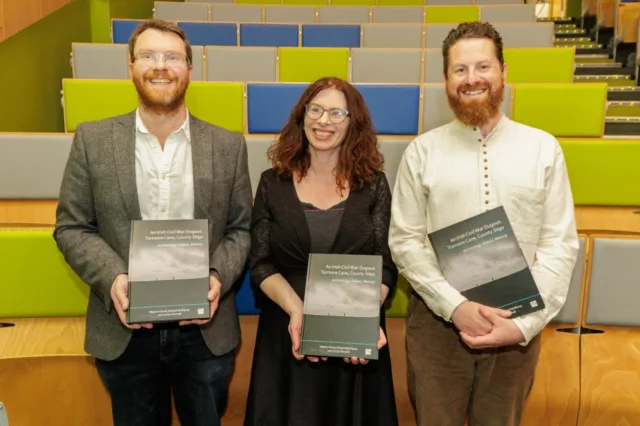Courses
ATU among researchers turning CSI to curb the illegal trade of wildlife
Wildlife conservationists must turn crime scene investigators (CSIs) to combat the illegal trade of rare species like sharks, rays and other rare animals.

That’s the view of a group of scientists from Atlantic Technological University (ATU), University of Salford and Liverpool John Moores University who specialised in finding the ‘prints’, residue and genetic material from animals killed indiscriminately by poachers and traders.
It follows a new study in which illicit shark fin residues were clearly identified after simply dusting floors and surfaces in fishing landing and processing plants.
“By adopting crime scene type methods, we uncovered evidence of twice as many species in a fraction of the time and effort it would take to sample fish in the factory,” explained Stefano Mariani, professor of marine conservation at Liverpool John Moores University.
Writing in the journal Conservation Letters, the researchers sequenced trace DNA fragments retrieved from dust and scraps from seven processing plants in Java, Indonesia – the world’s biggest shark landing nation.
They metabarcoded the samples identifying 61 shark and ray taxa, more than half of which could not be recovered from individual tissue samples collected from the same sites.
More than 80% were species listed as outlawed by the Convention on International Trade in Endangered Species of Wild Fauna and Flora. Illegal fishing, unregulated bycatch and market demand for certain products (e.g. fins) are largely responsible for the rapid global decline of shark and ray populations.
Globally, the shark fin trade is estimated to be worth up to $2 billion with fins among the most expensive seafood products, commonly retailing at $600 per kg. But controlling the trade is difficult not least because meat is routinely hidden from inspectors.
Normally, inspectors would need to find suspect parts of animals and painstakingly subsample them, which is a biased, lengthy, and cumbersome process for everyone involved. Instead, Professor Mariani and the team decided that by just ‘sweeping’ the floors and surfaces of those working environments would “capture” dust and scraps that harboured the overall diversity of animals that end up in the facilities.
“Having the ability to effectively ‘dust’ a warehouse or a boat ‘for fingerprints’ is a major weapon in identifying wrongdoing and turning exploitation on a path to sustainability,” said Dr Andhika Prasetyo, first author from the University of Salford.
Dr Allan McDevitt, a lecturer in Marine and Freshwater Biology in the Atlantic Technological University, added “this type of DNA-based monitoring could revolutionize how we track the illegal trade of wildlife worldwide, not just in sharks and rays. Being able to detect the DNA trace of an illegally traded animal after it has either been moved on or concealed could be a game-changer in tackling this global problem and conserving important biodiversity.”
The team’s current activities are now focusing on making the technique fully portable so that results can be generated on-the-spot.
The paper ‘Shark-dust: Application of high-throughput DNA sequencing of processing residues for trade monitoring of threatened sharks and rays’ is published in Conservation Letters and authored by Andika Prasetyo (University of Salford); Joanna M Murray (Centre for Environment, Fisheries and Aquaculture Science, Lowestoft; Muh. Firdaus A K Kurniawan (Ministry for Marine Affairs and Fisheries, Indonesia); Naiara G Sales (University of Salford); Allan D McDevitt (Atlantic Technological University, Galway/University of Salford); Stefano Mariani (LJMU).





